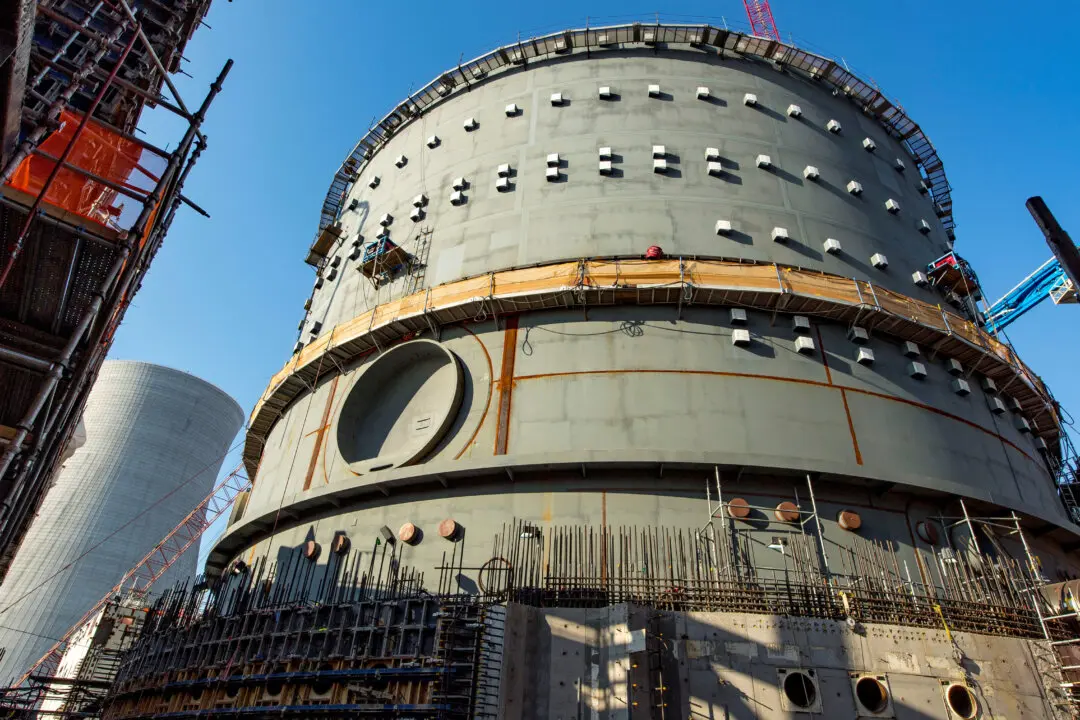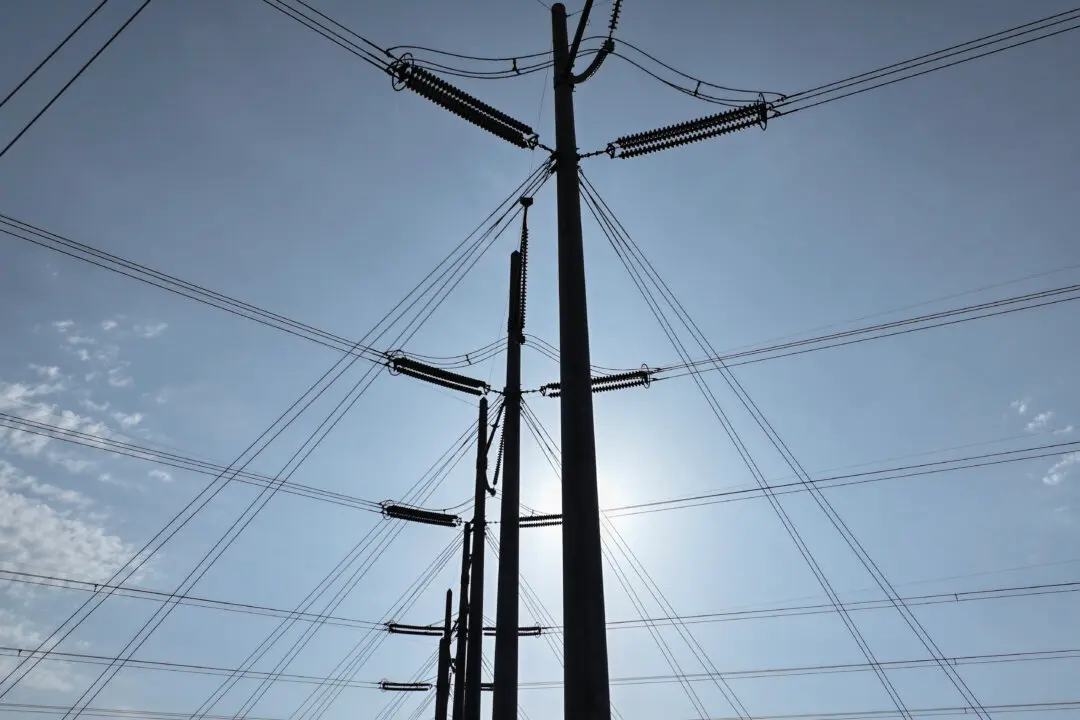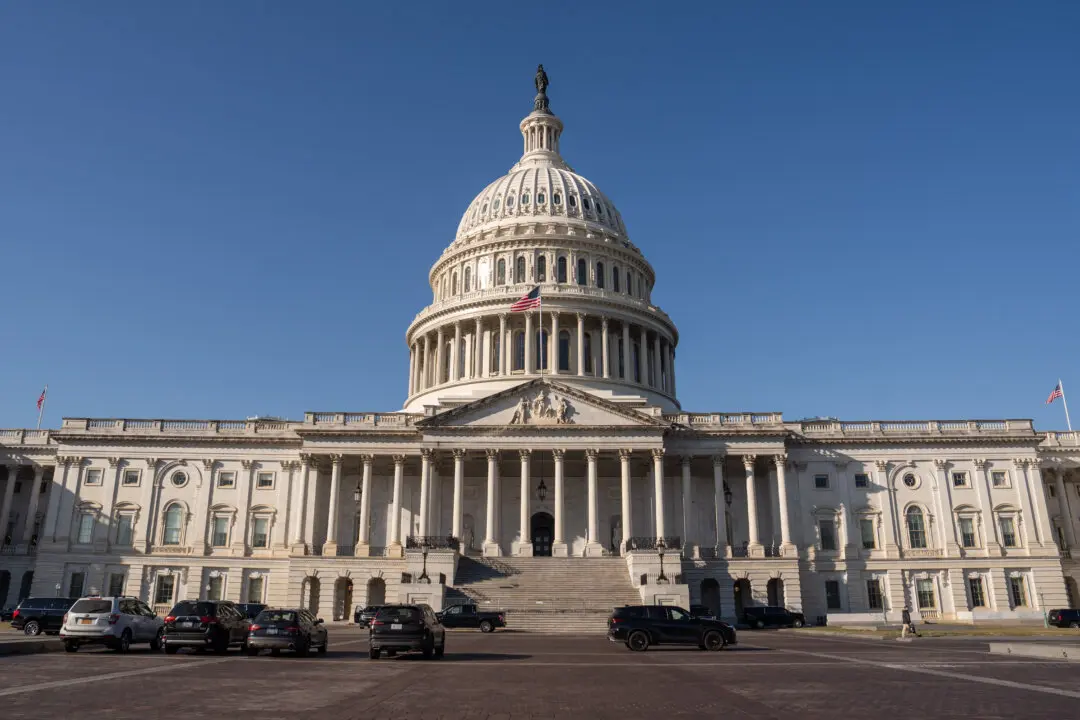Defunct oil/gas wells and abandoned mines have long been lore-of-the-ore backstories in literally and figuratively shaping much of the U.S. landscape because, until recently, there was no comprehensive plan to plug these often hazardous sites.
In fact, listing oil/gas wells and mines without liable owners was arduous because many pre-date environmental regulations have no records or are locked in court proceedings that can last years and usually end up in bankruptcies.





